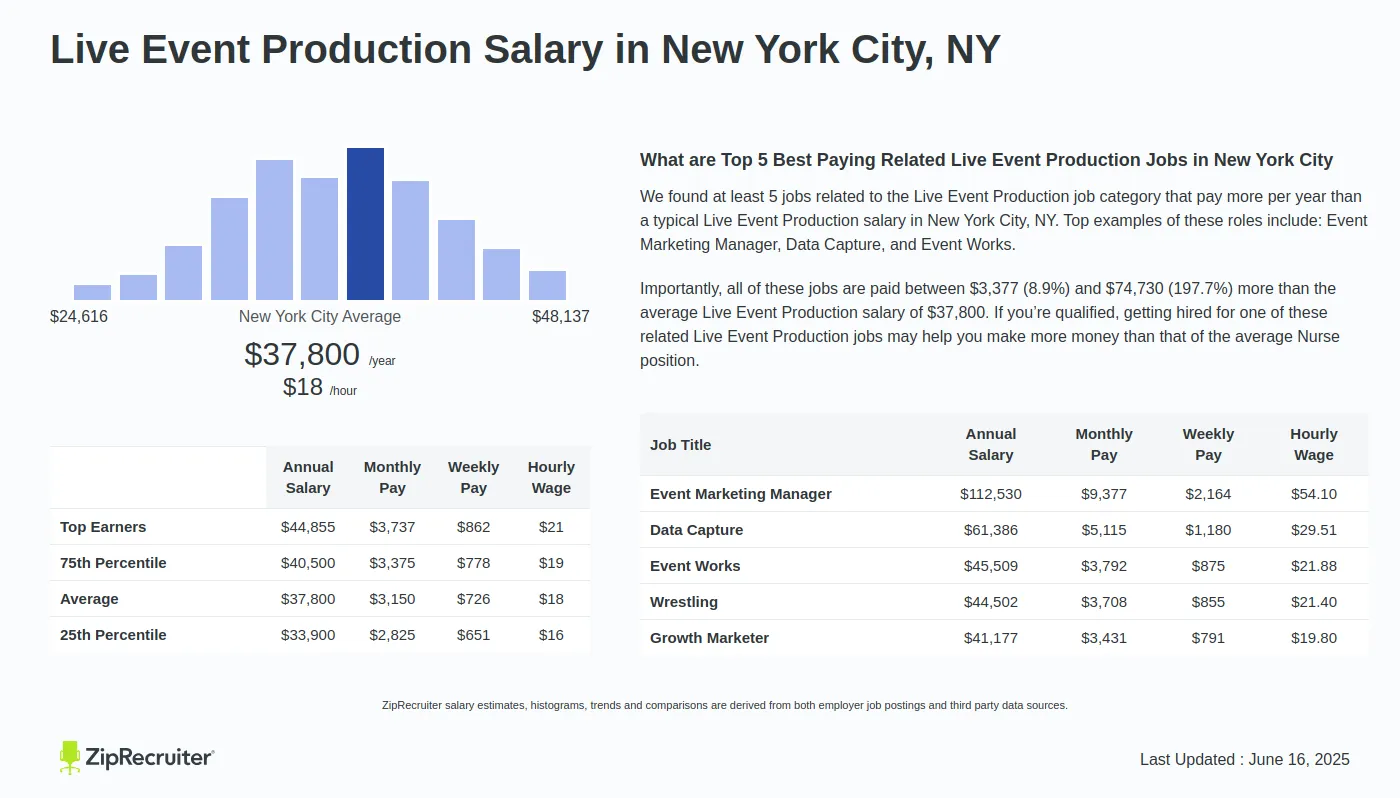Choosing the Ideal Dot Spacing for Optimal Light Emitting Diode Wall Performance
Choosing the Ideal Dot Spacing for Optimal Light Emitting Diode Wall Performance
Blog Article

As it pertains to LED walls, a key important elements to consider is pixel pitch. Pixel pitch is defined as the space between the centers of two adjacent pixels on an light-emitting diode display. This metric is usually expressed in millimeters. Grasping pixel pitch is essential because it explicitly affects the clarity and definition of the visuals displayed. A smaller pixel pitch indicates that the pixels are nearer together, resulting to a higher resolution, while a larger pixel pitch yields in a diminished resolution. Therefore, selecting the right pixel pitch is vital for obtaining optimal LED wall performance.
The selection of pixel pitch frequently depends on the sight distance. For example, if the LED wall is intended to be seen from a distance, a larger pixel pitch may be appropriate. This is due to the fact that the human eye cannot easily distinguish individual pixels when they are more distant away. On the other hand, if the wall will be viewed up nearby, a reduced pixel pitch is necessary. In scenarios such as indoor events, where viewers are typically closer to the screen, a reduced pixel pitch will offer a sharper and clearer image. Hence, understanding how sight distance impacts pixel pitch is critical to making an educated decision.
Another important factor is the intended use of the light-emitting diode wall. Various applications, such as advertising, concerts, or conference meetings, may require varied pixel pitches. For instance, an LED wall used for promotional purposes in a shopping center may gain from a pixel pitch that allows for vibrant colors and elevated detail so that it captures the focus of passing shoppers. Conversely, an outdoor LED wall used at a concert may focus on brightness and visibility over resolution, permitting for a bigger pixel pitch. Thus, the particular context in which an LED wall will be utilized is vital for site here establishing the appropriate pixel pitch.
Cost is also a major consideration when selecting pixel pitch. Typically, LED displays with smaller pixel pitches often to be more costly due to the higher density of pixels and the sophisticated technology needed for manufacturing. Although it may be tempting to opt for a high-resolution display with a reduced pixel pitch, budget constraints often require a balance between quality and cost. Organizations should assess their needs and determine how much they are prepared to spend in an LED wall, ensuring that the pixel pitch matches with their financial capabilities while still satisfying functional expectations.
Finally, it is crucial to take into account the maintenance and longevity of the light-emitting diode wall when choosing pixel pitch. Displays with smaller pixel pitches can sometimes be more delicate and may need more careful handling and maintenance. Regular upkeep is necessary to ensure that the display functions effectively over time. Understanding the maintenance needs and potential challenges associated with varied pixel pitches can assist organizations make a more informed decision. By taking into account all these elements, including viewing distance, intended use, cost, and maintenance, one can select the perfect pixel pitch for peak LED wall performance.